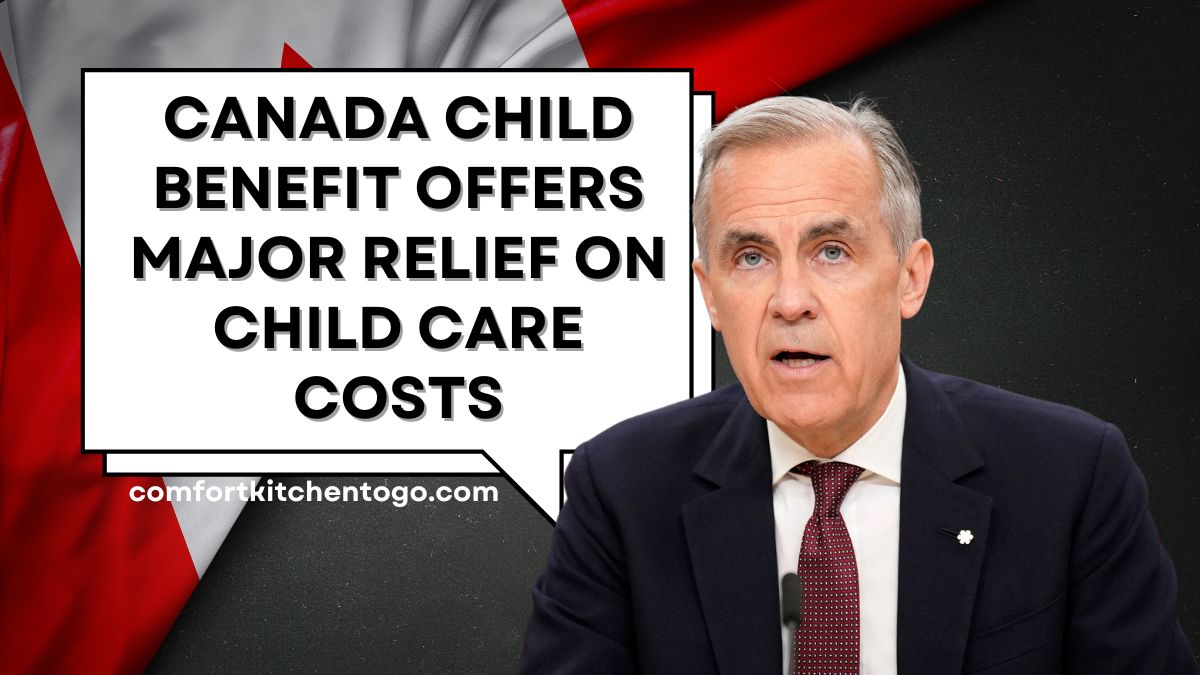Raising children can be a costly endeavor, and one of the primary reasons many young Canadians hesitate to have children is the high cost of child care. However, since the introduction of the Canada-Wide Early Learning and Child Care (CWELCC) initiative in 2021, child care expenses have started to decrease.
Although we’re not yet at the $10-a-day daycare target for all Canadians, the progress made has been significant. This raises an important question: does the federal Canada Child Benefit (CCB) provide enough financial assistance to help an average family cover their child care expenses?
What is the Canada Child Benefit (CCB)?
The Canada Child Benefit is a tax-free payment provided to parents by the federal government. It serves as a way for the government to acknowledge parents for their role in raising future taxpayers, offering some financial relief to make their lives easier.
As an income-tested benefit, the amount you receive from the CCB depends on your family’s adjusted net family income (AFNI). To determine your potential benefit, you can use the Canada Revenue Agency’s (CRA) online calculator.
How the CCB Works
The CCB is designed to provide more financial support to families with lower incomes, while gradually phasing out for those with higher incomes. If you have a child under six and your AFNI is $37,487 or less, you’ll qualify for the maximum annual benefit of $7,997.
However, once your AFNI exceeds this threshold, the benefit is reduced. The first phase of clawback occurs at a rate of 7% for every dollar over $37,487, until an income of $81,222. After that, the clawback rate decreases to 3.2% until an AFNI of $231,222, at which point the benefit is eliminated entirely.
How the CCB Varies Based on Family Income and Number of Children
If you have multiple children, the amount you can receive per child changes based on your family’s income. However, the basic structure remains the same: you receive the maximum amount for each child if your AFNI is below $37,487. As your income increases, the benefit is gradually reduced.
For a typical two-parent family earning a pre-tax income of $134,600 annually, the average CCB amount per child would be $3,227 per year. This is based on Statistics Canada’s data, which shows that only-child families are the most common type in Canada.
CCB vs. Child Care Costs
In provinces like Ontario, where subsidized child care is available, child care costs are capped at $22 per day. Parents typically end up paying $5,544 annually for subsidized daycare. For these families, the Canada Child Benefit can cover 58% of the annual child care costs, which significantly reduces the financial burden.
While the CCB certainly helps make child care more affordable, securing a subsidized daycare spot can be a challenge, particularly for children younger than 18 months.
The Canada Child Benefit plays a crucial role in alleviating the financial strain of child care for many families, especially in Ontario, where daycare costs are subsidized. While the benefit helps, the reality is that finding subsidized daycare can be just as challenging as the financial costs themselves.
FAQs
How much is the Canada Child Benefit for families with an income below $37,487?
If your adjusted family net income (AFNI) is below $37,487, you are eligible for the maximum benefit of $7,997 per year for a child under six.
How does the CCB benefit change with more than one child?
The CCB offers the maximum benefit per child if your AFNI is below $37,487. After that, the benefit gradually decreases as your income rises, with different rates of clawback depending on your income level.
How much of child care costs does the CCB cover in Ontario?
In Ontario, subsidized child care costs are capped at $22 per day. The Canada Child Benefit can cover up to 58% of the cost, making it a valuable resource for parents.

